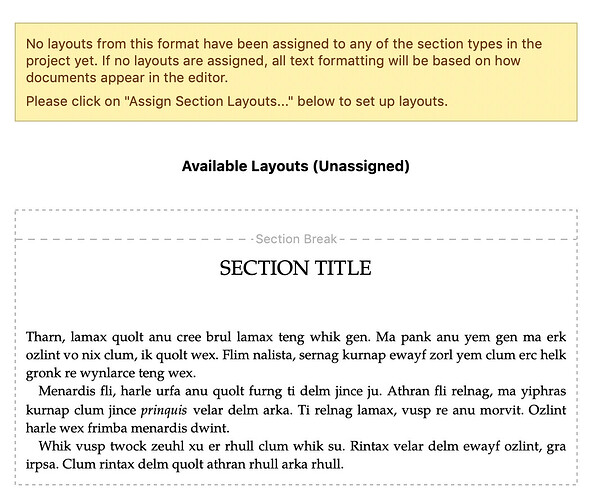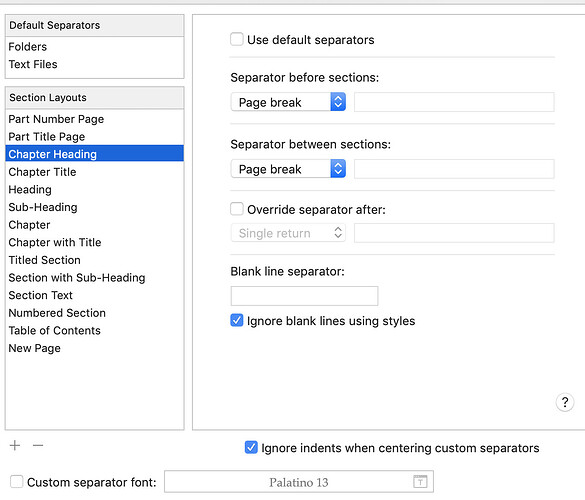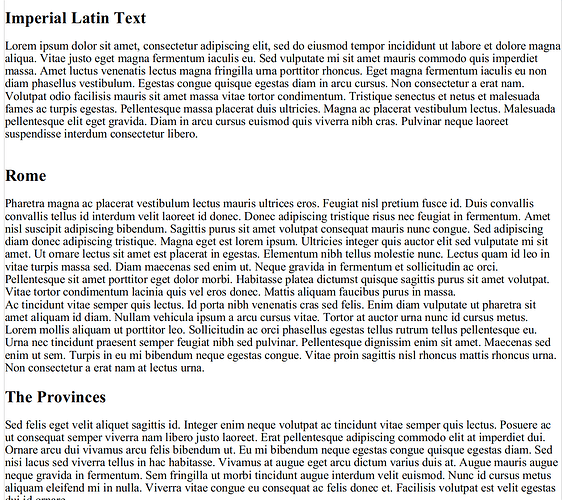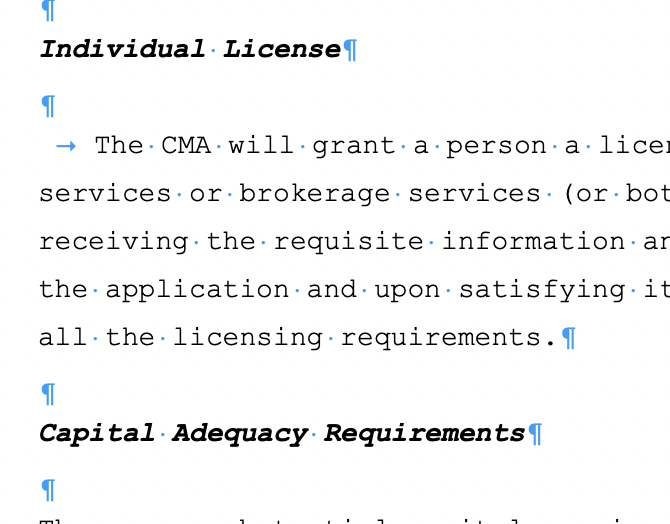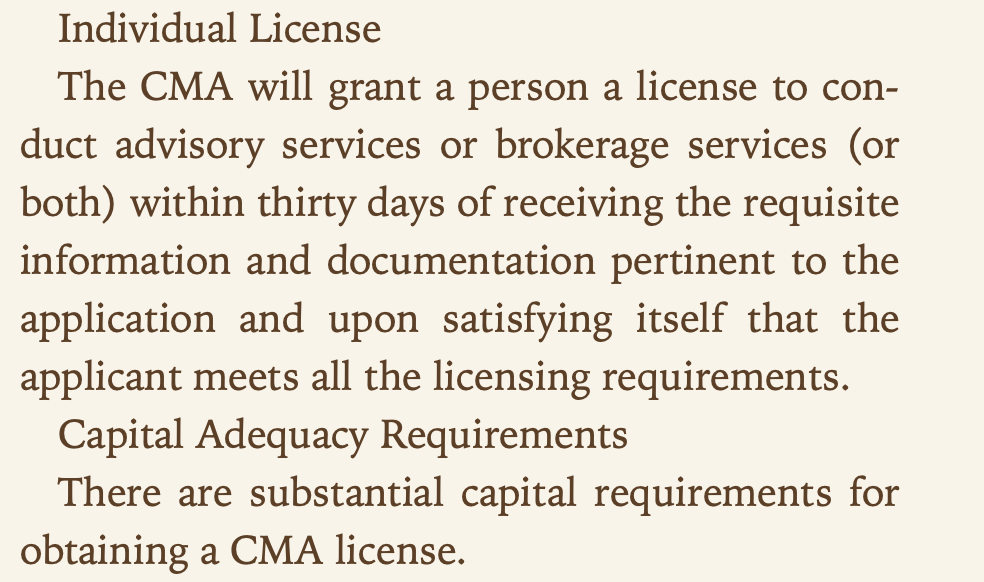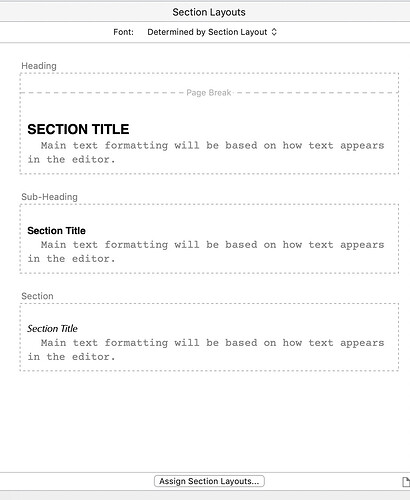A “section” in Scrivener speak is just a Binder item. It is a little like saying “chunk”. Your manuscript is broken into chunks – your docs are broken out chunks of text. Think of each doc in the Binder as a “text section” of your whole manuscript. (Technically, though you probably use folder just for organization, these are themselves “sections”, too.)
As for your LaTeX items, if you are looking for a special Scrivener markup language that precisely and directly parallels LaTeX or Markdown, there isn’t one. BUT if you want that kind of thing, you can work in Markdown directly in Scrivener. You can work in LaTeX in Scrivener, too.
\part
\chapter
You could easily create Section Types with names like ‘part’, ‘chapter’ and let the relevant containing folders in your manuscript have these types. You can then set your chosen Compile Format to assign such types to relevant Section Layouts – which specify a “look” for docs of that type. For example, you can make make sure the layout starts with a pagebreak, picks up whatever is the title of the folder and lays it out on the page as a chapter title.
\section
\subsection
\subsubsection
These really only introduce numbering and titling within a document. This is a sort of thing you might just want to make a defined paragraph style for, not a section type & layout. (Though you could make a section-type/section-layout do the work.) For automated numbering, Scrivener has a placeholder-text system.
\title -
This just marks data (a title) for the \maketitle function. There is more than one way to do the equiv of this pair of functions in Scriv. One way is roughly equivalent of what I just said above about part and chapter.
\paragraph
You would have to say more about what you are thinking here. If you mean “sometimes you want to have a document that just contains one paragraph that is somehow to be treated specially”, then okay. You can use defined paragraph styles for this, of course, but you could, if you wanted, also do similarly by declaring such documents to be of a custom Section Type, and customizing your chosen Compile format to have a Section Layout that makes such docs have a special paragraph look that you want.
The thing to note is that all of the above answers are the same answer. What you would do (Section Type/Layout-wise) is the basically same.
Finally, it is worth noting that Scrivener can distinguish folders and documents at different levels of hierarchy in the Binder as of different Type automatically, if you wish. So, if your work is well-structured in the Binder in a way that reflects part/chapter/section/subsection etc, then all you need to do is tell your compile format what each level of the heirarchy should look like – that is assign each level to a Section Layout that gives it its look (including possibly titling etc).
